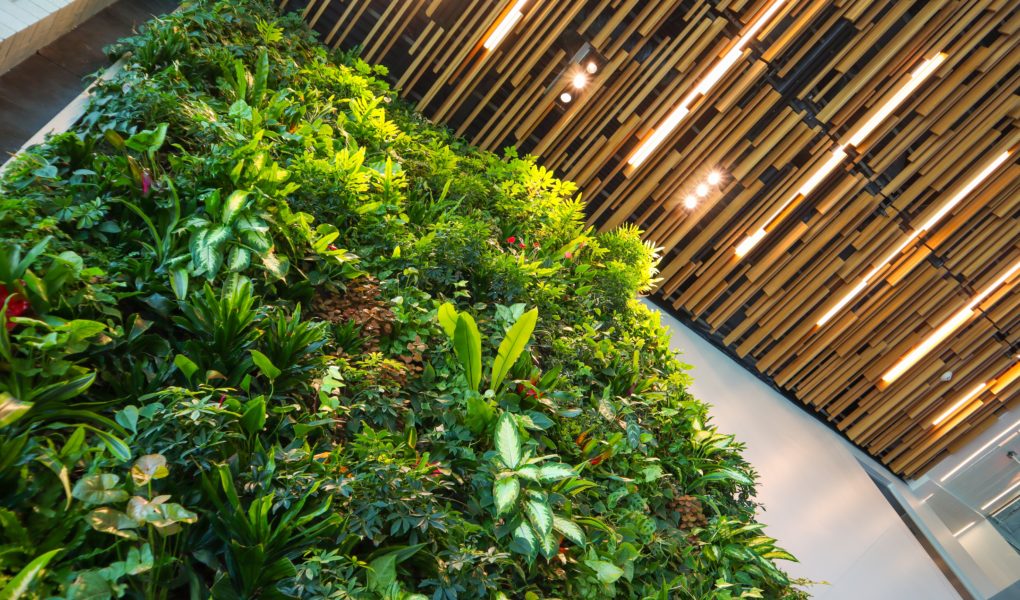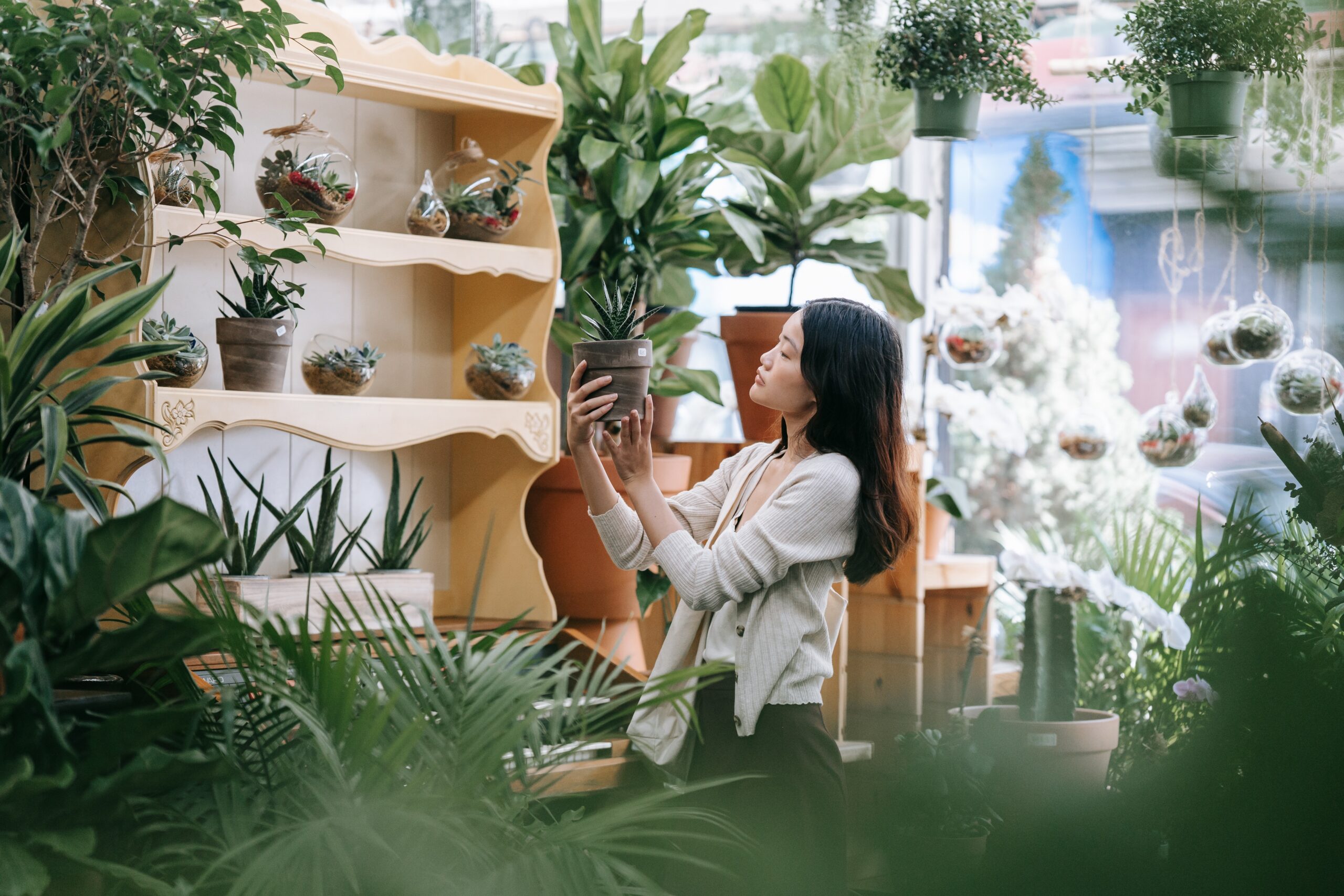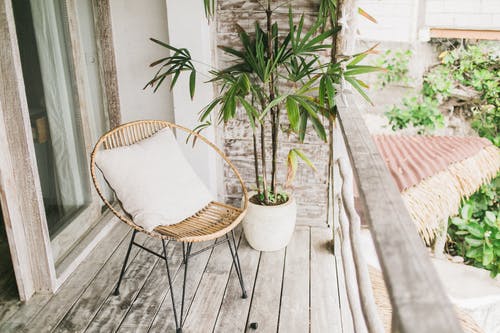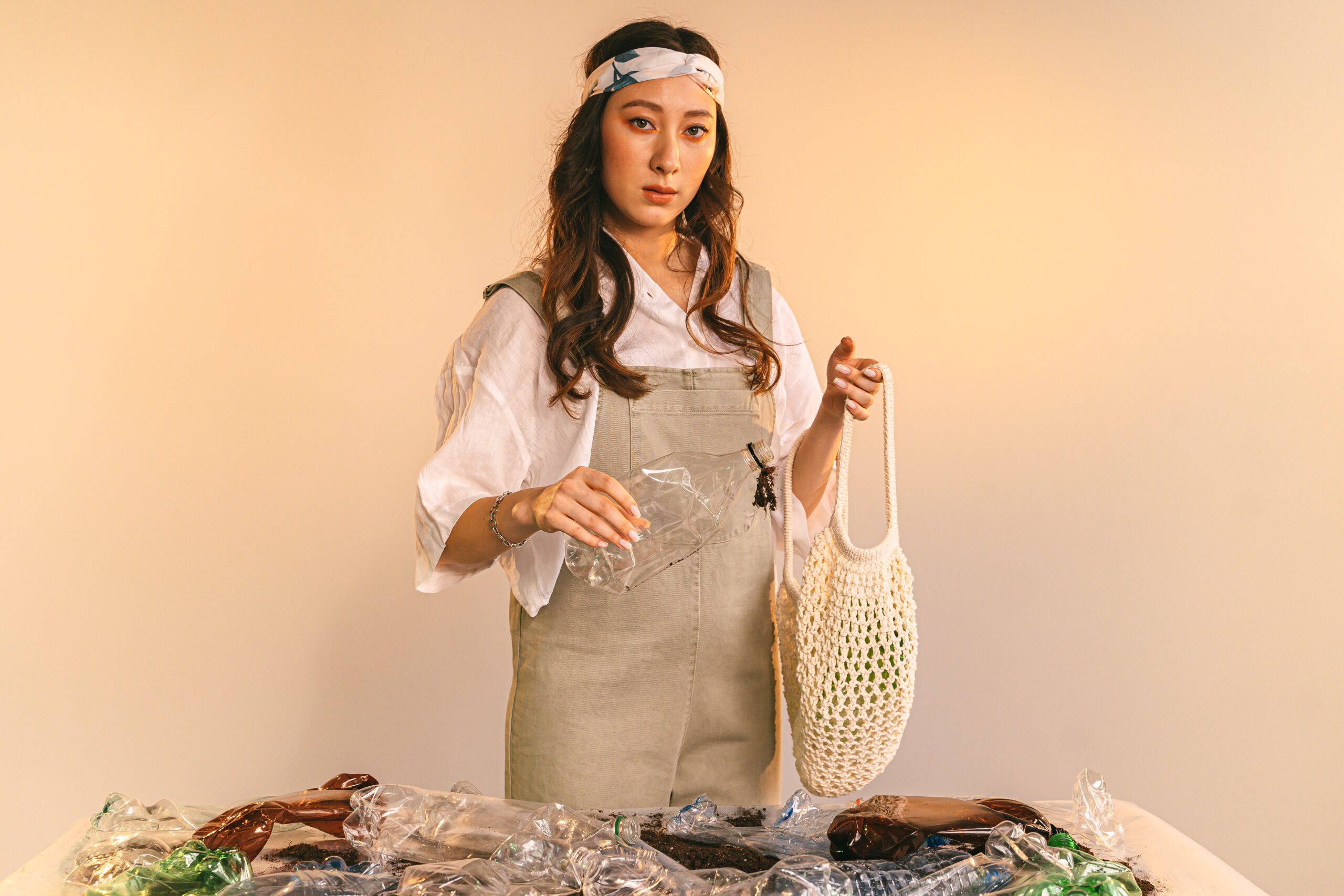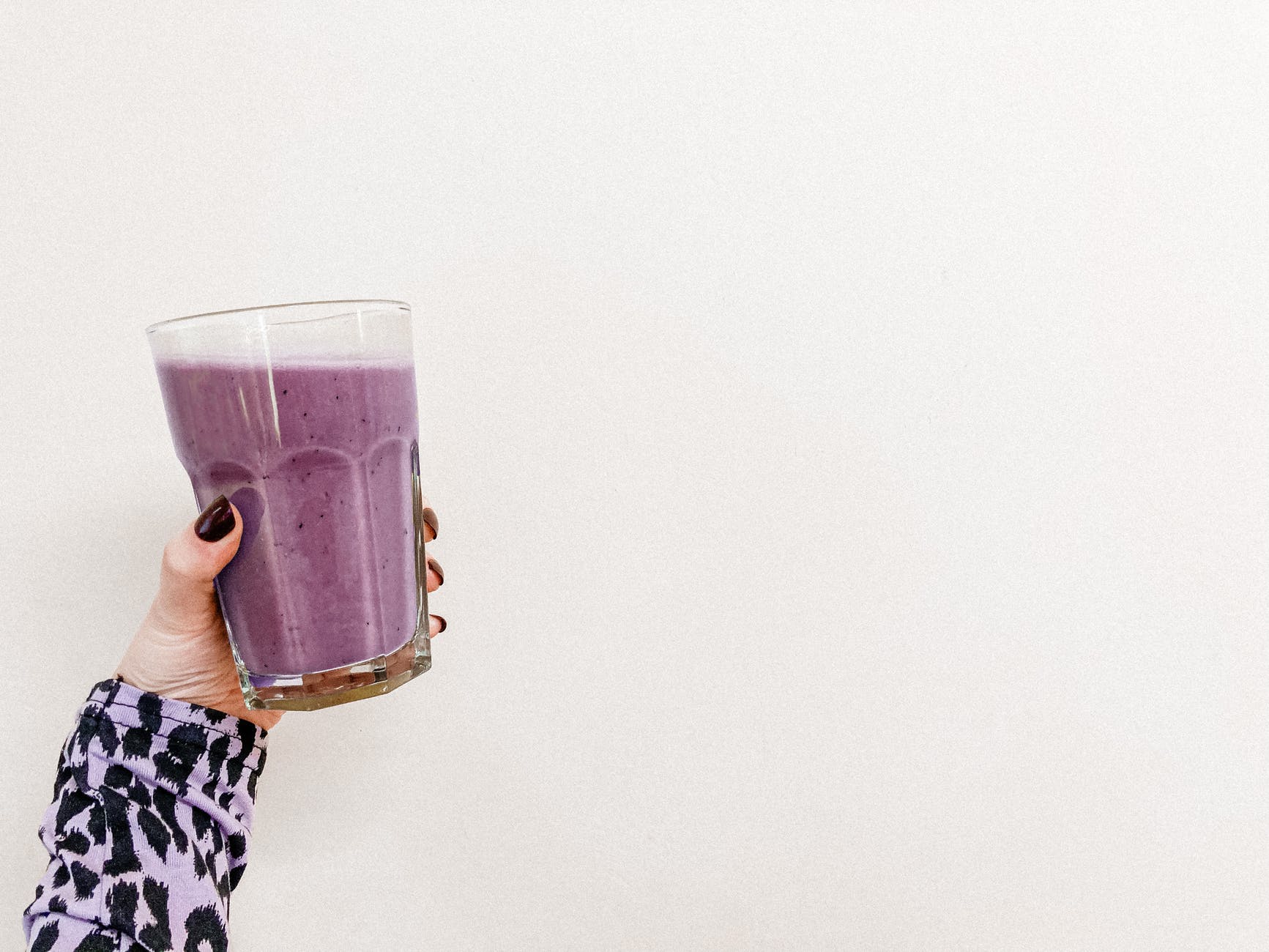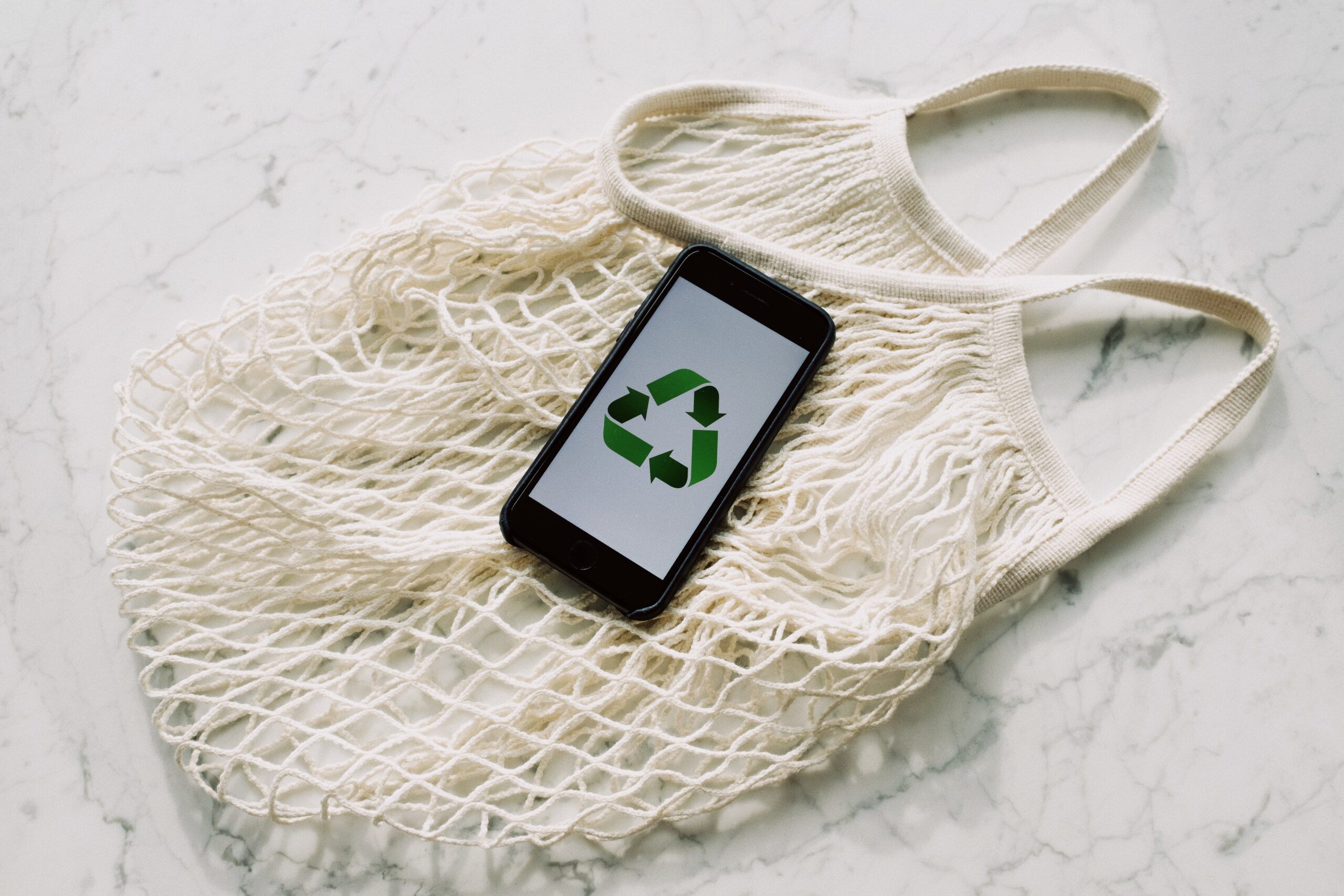Sustainable living is a lifestyle that uses renewable resources and minimizes waste. Is it possible to live sustainably without sacrificing comfort or convenience? We think it is!
Sustainability has become a buzzword over the last decade. The term was coined in 1972 by environmentalist Paul Hawken, who said that sustainability means meeting human needs while minimizing damage to the environment. Environmental Impact is a key consideration.
However, some experts say that the concept of sustainability is too broad and vague. They argue that it should be defined as a way of life that promotes social equity, ecological integrity, and economic viability.
The Basics of Sustainability
A sustainable lifestyle is one that does not harm the environment or society. It can include recycling, energy conservation, and reducing pollution. In order for people to adopt a more sustainable lifestyle, they must first understand what it entails. Here are some basic tips on how you can start making changes today.
1. Reduce Waste:
Reduce your use of single-use plastics such as plastic bags, straws, cutlery, etc. Bring reusable containers when shopping instead of using disposable ones. Use compostable product food packaging whenever possible.
2. Reuse & Recycle:
Reusing items rather than throwing them away helps save space and reduce trash, and lessen their impact. You can reuse old clothes, toys, furniture, and other household items.
3. Energy Conservation:
Use energy efficient appliances such as LED light bulbs and solar panels. Install insulation around windows and doors to prevent heat loss during winter months.
4. Water Conservation:
Install water saving shower heads and faucets, install low flow toilets, and wash dishes with cold water.
5. Food Choices:
Buy local produce from farmers markets and buy organic foods. Choose meatless meals once in awhile.And reduce food waste.
6. Transportation Choices:
Walk, bike, take public transportation, carpool, or ride a bus instead of driving alone. This will reduce greenhouse gas emissions and carbon emissions.
7. Product Choices:
Choose products made from recycled materials, natural fibers, and biodegradable ingredients. Buy eco-friendly cleaning supplies and cosmetics. Recycled products are becoming more popular.
8. Community Involvement:
Join organizations that promote sustainable lifestyles. Help protect the environment through volunteering. Climate is something we need to consider as a community, through the use of renewable energy, sustainable energy and other climate related strategies.
9. Personal Responsibility:
Learn about the impact of your actions on the environment, society, and climate. Be aware of the consequences of your choices. Choice is a major factor. Sustainable choices contribute to successfully living a sustainable life.
Reduce Waste
Waste is a problem for everyone, whether we realize it or not. We all produce waste, and some of us are much better at reducing our waste than others. This is a conscious choice. The first step towards reducing waste is awareness. If you don’t know what waste is, then you won’t be able to do anything about it. Once you understand how waste happens, you’ll be able to start thinking about ways to reduce it.
Waste happens when we don’t use what we have. We throw away food that could be eaten, clothes that could be worn, and money that could be used for other things. This is why it is important to recycle everything that you can, and reduce food waste.
A common form of waste is packaging. Packaging materials include plastic, paper, glass, metal, and cardboard. These items take resources to produce and often end up in landfills where they can cause problems for the environment including higher carbon emissions. Recycling helps reduce this problem even though not all plastics are recyclable.
Paper products are made from trees and wood pulp. They are biodegradable and compostable but require energy to recycle them into new products. Plastic products are non-biodegradable and usually don’t break down in city landfills. Glass bottles are heavy and bulky so recycling them requires extra effort. Metal cans are durable and easy to recycle but they contain toxic substances like cadmium and lead. Cardboard boxes are light and compact but they aren’t recyclable because they contain glue.
Choose Eco-Friendly Products
Eco-friendly products are those which do not harm the environment. They use less energy, produce fewer emissions, and cause less pollution. The term “green” has become synonymous with environmentally friendly. You do not have to sacrifice style or quality just because you care about the environment. There are many eco-friendly options available nowadays.
Green products are made from natural materials like wood, bamboo, corn, soybeans, sugar cane, wheat, and potatoes. These materials are renewable and recyclable. They are often biodegradable and compostable.
Examples of eco-friendly products are:
• Organic cotton shirts and pants
• Bamboo clothing
• Clothing made from recycled material
• Recycled paper products
• Natural fiber bedding
• Biodegradable dishware
• Things made from renewable resources
Be Conscious of Energy Consumption
Energy consumption is one of the biggest contributors to environmental damage. It takes a lot of energy to make electricity, heat homes, power cars, and run appliances. When people consume more energy than they need, they contribute to global warming.
The easiest way to cut back on energy consumption is by using energy efficient appliances. Appliances like refrigerators, air conditioners, computers, televisions, and lights are designed to save energy. Some appliances also come with an ENERGY STAR label. These labels show consumers which products use the most energy and help them find alternatives.
Use Renewable Resources:
Renewable resources are naturally occurring materials that can be replenished over time. Examples include wind, solar, water, and biomass. Wind and solar energy are produced without burning fossil fuels. Water is found underground and is easily accessible. Biomass comes from plants and animals.
Renewable resources are used to replace oil, coal, gas, and nuclear fuel. They are much better for the environment because they do not pollute the atmosphere and they do not create greenhouse gases. Examples of renewable resources include: wood, corn, soybean, wheat, sugar cane, cotton, bamboo, paper and others.
Conserve Energy:
There are many things we can do to conserve energy at home. Here are some tips:
• Turn off lights when you leave a room.
• Use fluorescent bulbs instead of incandescent bulbs. Fluorescent bulbs last longer and cost less to operate.
• Install ceiling fans and window blinds to keep cool during hot days.
• Keep your thermostat set at 78 degrees Fahrenheit (25 degrees Celsius) or lower.
• Don’t let your furnace go below 60 degrees Fahrenheit (15 degrees Celsius).
• Use a programmable thermostat to automatically adjust your temperature according to outside conditions.
• Unplug unused electrical devices and turn off electronics when they’re not being used.
• Avoid leaving appliances plugged in overnight.
• If you have a pool, consider installing a solar heating system. Solar systems provide free energy all year long.
• Use a clothesline instead of dryer sheets. Clotheslines require no electricity and will reduce energy costs.
• Use low flow shower heads and faucets. Low flow showers and faucets save water while still providing adequate pressure.
• Repair leaky pipes before they burst. Leaky pipes waste water and lead to expensive repairs.
• Consider buying a rain barrel to collect rainwater and store it for later use. Rain barrels also prevent storm runoff into lakes, rivers, streams, and oceans.
• Plant trees and shrubs around your house to absorb carbon dioxide.
Conserve Water
Water conservation has become a national priority due to dwindling supplies and increasing demand. The U.S. Environmental Protection Agency estimates that Americans use about 1.3 trillion gallons of water each day. About half of this goes toward drinking, cooking, cleaning, and bathing. Another quarter goes toward lawn care and landscaping. A small percentage is used for washing vehicles and other purposes.
Most households have access to tap water through their local utility company. However, if you live in a drought-prone area, you may want to invest in a well. Wells are usually drilled deep into the ground and can yield up to 100 gallons of fresh water per minute.
The average household uses approximately 25 gallons of water per day. To conserve water, try these simple steps:
• Wash dishes by hand rather than with a dishwasher. Dishwashers use more water than hand washing.
• Take shorter showers and limit baths. Showering only once a week saves enough water to fill an Olympic-size swimming pool every month. Bathing once a week saves as much water as taking two showers daily.
• Fix leaks in toilets and faucets. Leaks waste water and cause plumbing problems.
• Replace old, inefficient toilets with new models that use less water.
• Recycle bathtub and sink wastes. Plastics and metals can be recycled into new products.
• Grow native plants in your yard. Native plants need less water than nonnative species.
• Reduce outdoor watering needs. Plants such as cacti, succulents, and desert plants grow better without regular irrigation.
• Use a drip irrigation system to water vegetable gardens. Drip irrigation requires less water than sprinklers and hose-end sprayers.
• Turn off the water supply to unoccupied rooms.
• Install a low-flow toilet. Low-flow toilets use 15 percent less water than standard toilets.
• Use a low-flow shower head. Low-flow shower heads use 20 percent less water than standard shower heads.
Grow Food
Growing your own food not only reduces your grocery bill but also helps preserve our natural resources. Growing your own vegetables and fruits allows you to control what you eat and where it comes from. You’ll know exactly what was grown on your land and how it was raised. Plus, you’ll enjoy eating homegrown produce throughout the season.
If you don’t have time or space to grow your own food, you can buy locally grown organic produce at farmers markets. These markets sell seasonal produce directly to consumers. They often offer discounts on produce because farmers must pay upfront for the right to sell their crops. Some people even join a community garden, another great way to grow your own food and have a positive impact on greenhouse gas emissions.
If you choose to grow some of your own food. Start by planting seeds indoors under lights or in pots until they sprout. Then transplant them outside when weather permits.
You can also start seeds in trays filled with potting soil. When seedlings emerge, thin them so there is plenty of room for growth. If you plan ahead, you can plant seeds in early spring.
Another option is to purchase transplants. These are pre-germinated seeds ready to plant. Transplants come in different varieties of vegetables and flowers. Plant them in prepared beds or containers. Keep them watered regularly, and fertilize them according to package directions.
Regardless of how you grow your own food, you will enjoy the satisfaction of knowing exactly what went into that food product, that you have contributed positively to climate impact, maybe even saved some animal lives. Sustainable development in the area of growing and producing organic products is a personally enriching experience.
Recycle
If you are looking for ways to reduce waste, then you should consider recycling. Recycling helps save resources and reduces pollution, another great way to contribute to sustainable life in your community. It also saves money because you can reuse items instead of buying new ones. For example, if you have old clothes lying around, why not donate them to charity or sell them online?
Recycling Tips:
• Always recycle paper, cardboard, glass, metal, and plastic.
• Donate unwanted items to charities.
• Keep an eye out for free stuff like newspapers and magazines.
• Take advantage of community drop
The best way to recycle is to separate out different types of materials. This will help you avoid wasting valuable resources. For example, you could separate plastic from glass or paper from metal. Then you can take those materials to a recycling centre where they will be processed into raw material for new products.
Think About the Future
We live in a world that is changing rapidly. We need to do everything we can to protect the environment. In addition to reducing consumption, we must think about the future. What will happen to us as humans in 50 years? How will we care for each other and the planet? Will we still be here? The answers to these questions depend on our actions today.
We need to consider a lifestyle of energy efficient and sustainable homes. Not only will this give us all more sustainable energy, sustainable homes will lead to great economic development in so many areas of our lives.
As you begin thinking about the future, remember this: Our choices now affect everyone else later. So make sure you choose wisely!
Conclusion
In conclusion, sustainable living isn’t just about reducing your carbon footprint; it’s also about being mindful of what we consume and how we use our natural resources. Achieving more sustainable energy and enabling green energy is a directly impacted by our own collective and personal actions. Let’s all strive together to achieve more sustainable energy.

